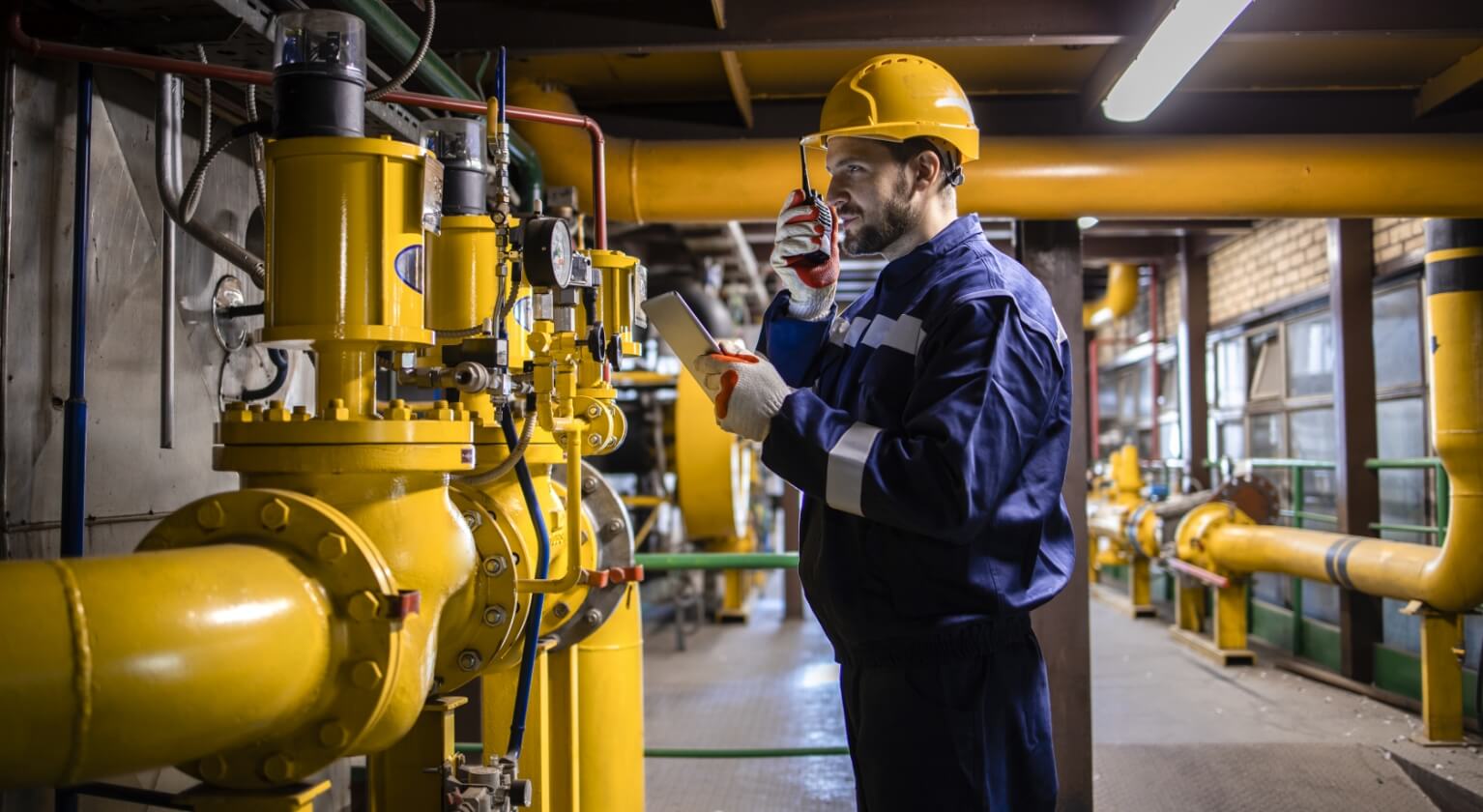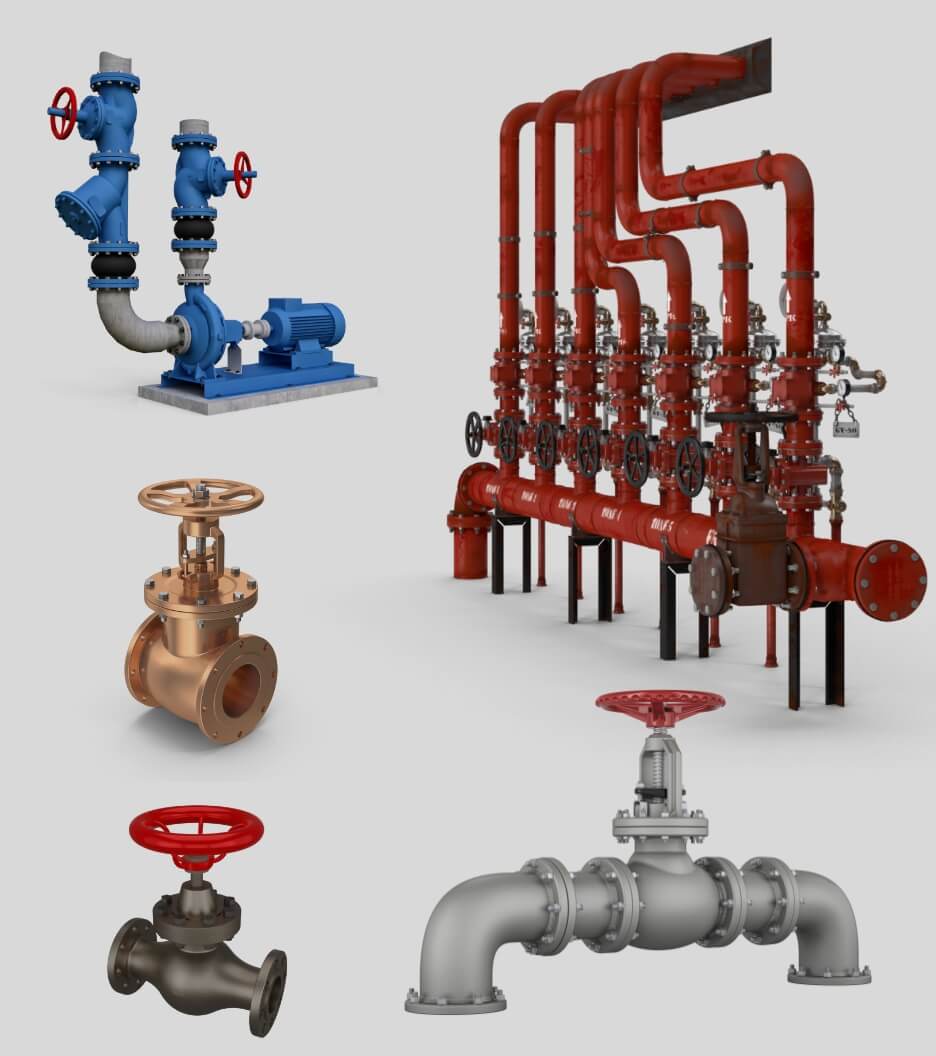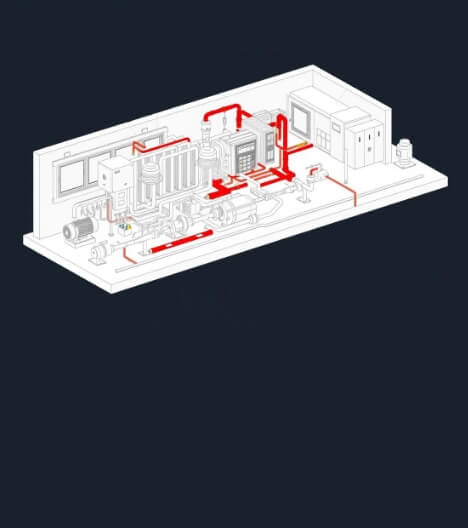 Rahul Dogra
Rahul DograTraditional Methods Challenges Faced by MEP Contractors
 Rahul Dogra
Rahul Dogra
Send Us Your Requirement
Over the years, the architecture and construction industry has witnessed a sea of changes, especially in the work approach. With the emergence of technologies and innovation, the AEC industry has taken a modernistic and holistic approach towards every construction project. Besides, there needs to be an alteration in how professionals plan, design, and execute the entire project while maintaining efficiency and accuracy. As the rapid growth in technology continues to embrace the AEC sector, one of the most prominent technologies that have taken over is building information modeling, which has given rise to a new era in the architecture and construction industry. With the help of BIM technology, the entire complex architecture and construction process is simplified with better accurate project outcomes. With the onset of the BIM technology and its usage, MEP comes into play.
As every construction project has multiple stages, BIM helps to ensure that each stage is completed according to the design concept. Along with that, one of the most critical stages of construction is MEP (Mechanical, electrical, and Plumbing). Integrating these three components in the design is a complex process and demands sheer attention, accuracy, and detail to ensure synchronization between the three components. This is why implementing MEP BIM services plays a significant role in driving fruitful outcomes for designers, MEP contractors, and engineers as well.
Moreover, MEP services bring mechanical and electrical plumbing components into the design and integrate them harmoniously, as no clashes or errors are present. Therefore, related to MEP, several services come into play in making the project a success. In fact, the MEP stage in any project holds a pivotal role for architects, designers, and engineers as they are the heart of any infrastructure and capacitate AEC professionals to be informed while layouting the entire project.
Improve MEP projects with Modern Approach by Our Experts
Get a Quote
The MEP framework demands acute knowledge, expertise, detailing, accuracy, and attention to the smallest detail so as to get a clash-free MEP design. As the rapid growth in technology and the emergence of new innovations took over the architecture and construction industry, MEP contractors often need to pay more attention to the advantages and continue to proceed with traditional work methods. The traditional work approach for MEP coordination or design brings out a lot of challenges and errors in the design. Let’s first understand the role of MEP in projects and its challenges while using the traditional method.
Role of MEP BIM Services in AEC Projects
The architecture and construction industry involves various stages, processes, and technology. Each process holds a significant position that ensures the infrastructure. MEP stands for mechanical, electrical, and plumbing systems, which serve as the fundamental components of any building. In other words, MEP is the heart of any infrastructure. However, being the essential stage of a construction project, it is also the most complex and challenging and involves various other MEP-related services to get fruitful project outcomes. However, with the help of MEP BIM services, engineers, contractors, and other professionals can easily communicate and coordinate to ensure harmony between the three components. Apart from that, with efficient MEP BIM, AEC professionals can enhance the design concept, integrate major components, and improve the functionality of the infrastructure. Not just MEP BIM but other related services also help to achieve the goal. Major are,
- MEP Shop Drawings
- MEP Clash Detection
- MEP Drafting
- MEP Revit Family Creation
- MEP BIM Coordination
During the project’s completion, MEP helps ease the complex challenges while maintaining the accuracy and efficiency between the components. It ensures that all three systems work precisely in a synchronized manner to offer a safe, comfortable, and energy-efficient infrastructure environment. However, these complex disciplines come with their fair share of challenges for MEP contractors.
The fair share of challenges comes after the use of advanced technology, although some professionals continue to opt for traditional MEP methods that bring difficulties during the process. The following are some common challenges faced by MEP contractors.
Traditional Method Challenges Faced by MEP Contractors
As technology has changed the working approach of architecture and construction, it is easier for AEC professionals to carry out the complex process. Besides, advanced technology in the industry today brings better, more effective, and more accurate results while shaping the AEC industry’s creativity curve. The use of BIM technology and other services has paved a long list of benefits that were a serious concern in the past. Easy communication, coordination, early clash detection, better visualization, creativity concepts, and more. However, in the era of constant innovation and technology, some of the traditional methods for MEP are still being carried out by some of the MEP contractors and engineers.
The adoption of MEP BIM services solves many complications during the process but comes with a few challenges. On the other hand, the continuous process of traditional methods also brings some serious challenges due to its several limitations, which are solved via a comprehensive approach. As architecture and construction processes have witnessed ease in the process with better accuracy and efficiency, traditional methods do not have a place to exit.
The traditional MEP approach has been successful in the past but also has several limitations. Besides, the traditional work approach is engrossed with many errors, clashes, potential flaws, inaccuracies, design challenges, miscommunication, and more. The following are some significant challenges MEP contractors face using traditional methods in modern architecture and construction.
- Inefficiency in the Pre-construction Stage:- The traditional work approach for MEP systems required multiple reviews, approvals, and meetings with the project team. Despite several meetings and discussions, MEP design lacked accuracy in pre-construction. Also, using 2D designs and models often resulted in inaccurate representations of the design and project.
- Time-consuming:- Due to the lack of a decentralized method, the traditional work approach was time-consuming, as professionals needed to discuss, review, and approve. The absence of professionals lacked communication and consumed time to resolve any clash or issue.
- Expensive Rework:- As the discussion continues, the traditional method lacked accuracy and was inefficient in the design. This resulted in expensive rework during construction. Reworking on designs demanded quick resolution and increased cost over the project timeline.
- Lack of Automation:- Automation for clash detection in the traditional method resulted in much rework, leading to delays, waste of time and materials, and changes in the design approach.
Final Say
Facilitating traditional methods for MEP systems can lead to many errors, clashes, and inefficiency in pre-construction. However, the conventional method has limitations in modern architecture. It is evident to adopt new approaches and processes in order to gain the most desirable results.


